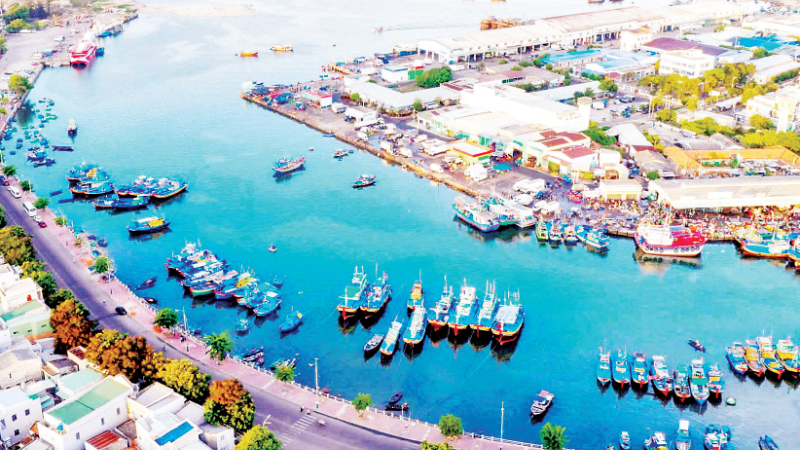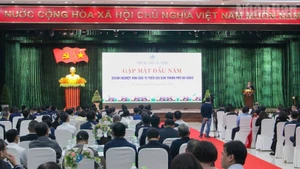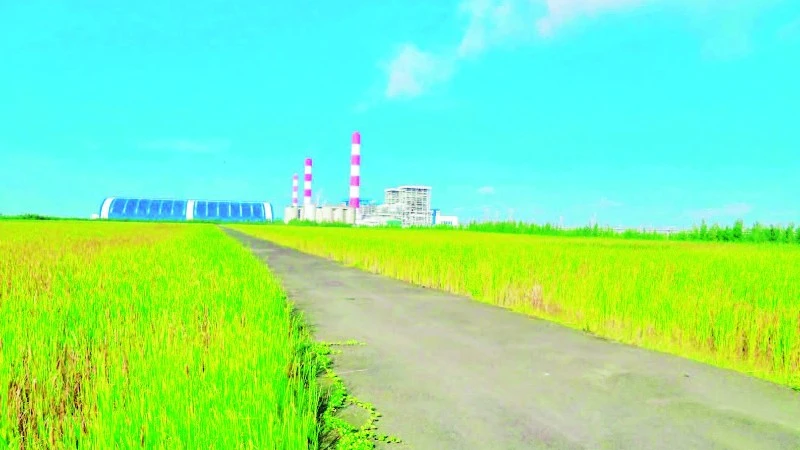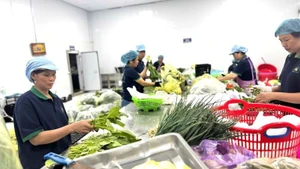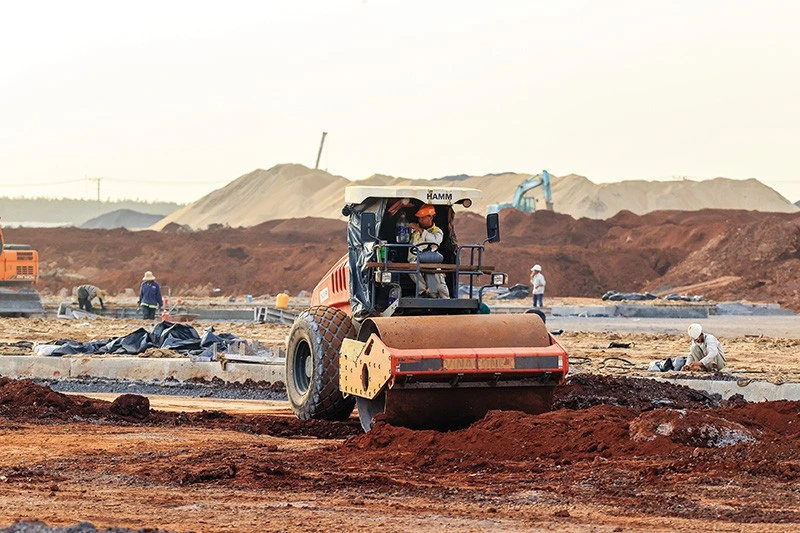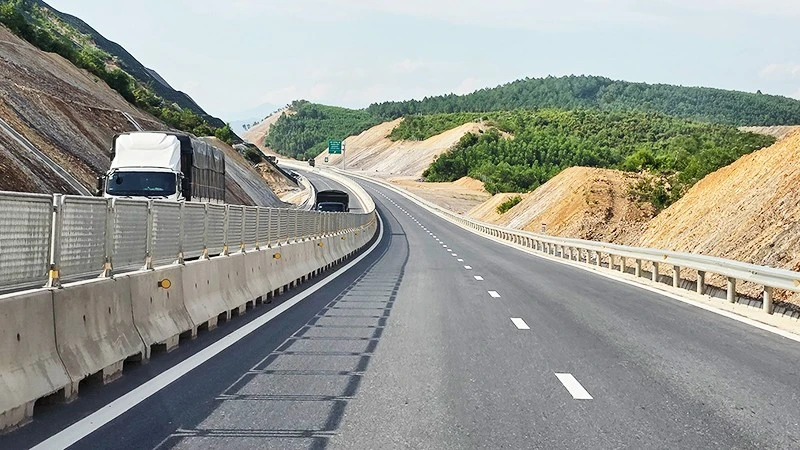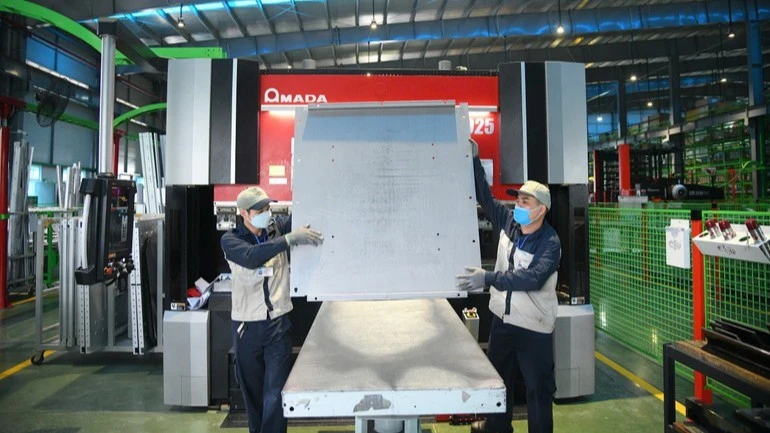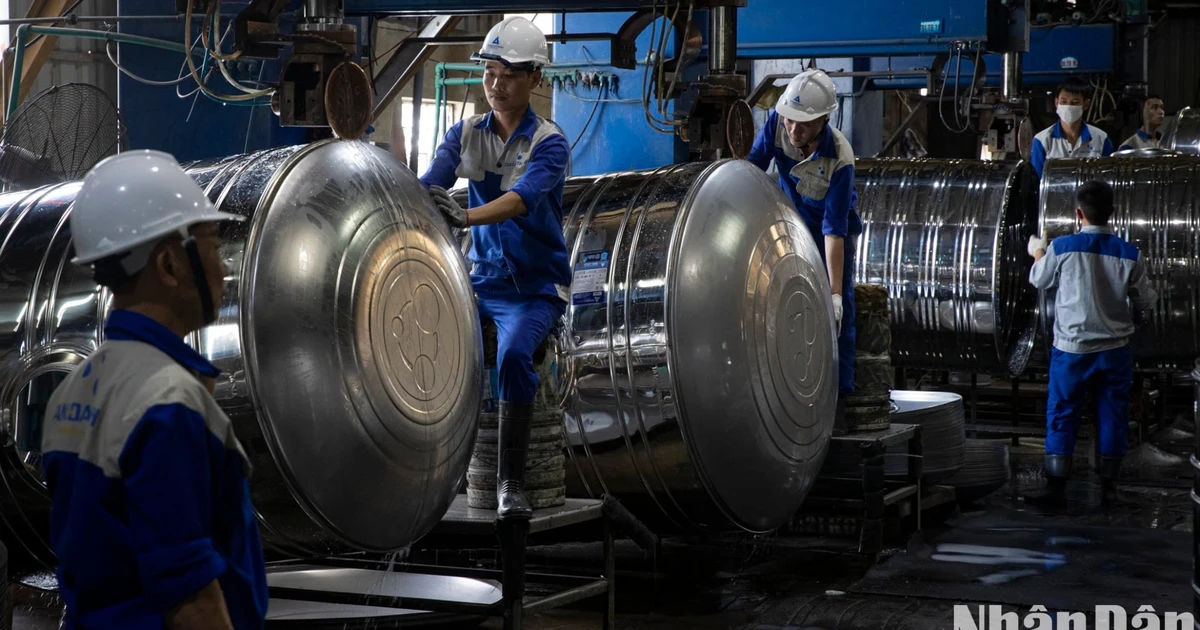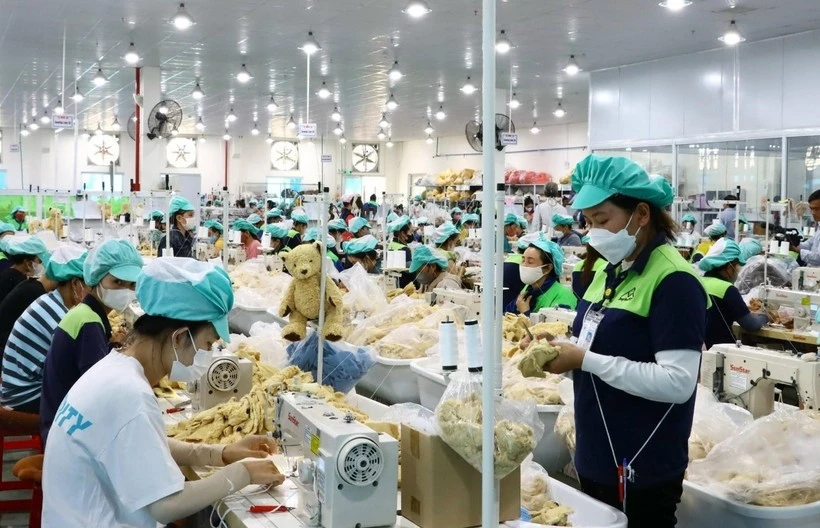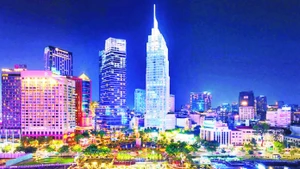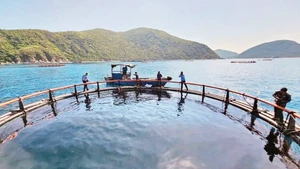This is a “golden” opportunity for the formation of a new growth pole, advancing a green economy and sustainable development for the Central Highlands, the central region, and the country as a whole.
Despite facing many challenges and difficulties ahead, Lam Dong now has favourable conditions, with its new development space and strategic position, to effectively leverage its potential and strengths, creating momentum for the coming period.
Recognising potential and strengths
Lam Dong Province covers a natural area of over 24,000 km² – the largest in the country – and comprises 103 communes, 20 wards, and Phu Quy Special Administrative Region. Its population exceeds 3.87 million, with ethnic minorities accounting for more than 18.6%. Lam Dong borders the localities of Dak Lak, Dong Nai, Khanh Hoa, Ho Chi Minh City, as well as the Kingdom of Cambodia, and the East Sea/South China Sea.
Y Thanh Ha Nie Kdam, Secretary of the Provincial Party Committee and Head of the Lam Dong National Assembly delegation, affirmed: “The merger of Lam Dong, Binh Thuan, and Dak Nong into the new Lam Dong Province is a historic opportunity to maximise the potential and strengths of each region, forming a broader and stronger development space.”
One of Lam Dong’s most recognisable socio-economic development pillars is tourism, thanks to its diversity of forests and seas, beautiful natural landscapes, and the vibrant cultures of ethnic groups.
In the highlands, Da Lat’s tourism brand has long been recognised both domestically and internationally. The western part of Lam Dong, home to the Mnong Plateau, is linked with UNESCO Dak Nong Global Geopark, the majestic Dray Sap and Lieng Nung waterfalls, the Nam Nung Nature Reserve, Ta Dung National Park, and numerous intangible cultural heritages – all ideal for developing adventure, ecological, geological, and community-based tourism. The coastal region boasts beautiful beaches, high-end resorts, rich island ecosystems, and the Mui Ne National Tourist Area. Lam Dong is also home to other heritage treasures, such as the Space of Gong Culture in the Central Highlands, Nguyen Dynasty Woodblocks, and the Lang Biang World Biosphere Reserve, all contributing to the creation of unique and distinctive tourism products.
Chairman of the Lam Dong Provincial People's Committee Ho Van Muoi stressed that, having identified its potential and advantages, the province must now choose the right path to build and develop the tourism brands of “Thousand Flowers Lam Dong”, “Blue Sea Lam Dong”, and “Great Forest Lam Dong”, offering distinctive tourism products that attract visitors.
At the same time, Lam Dong ranks among the leading provinces nationwide in high-tech agriculture, with over 107,200 ha under production and around 6,150 ha for aquaculture. It has many renowned agricultural brands protected by intellectual property rights, such as vegetables, flowers, tea, coffee, silk, cold-water fish, and dragon fruit – establishing itself as a region of highly efficient commodity agriculture and large-scale ecological, organic, high-tech, smart, and circular agriculture.
Professor Mai Trong Nhuan, former President of Viet Nam National University, Hanoi, remarked: “If Lam Dong can effectively harness its natural conditions, resources, culture, and history, it will secure its position in agriculture and tourism – becoming a ‘green, clean produce supermarket’ for the country and a beautiful destination, a true ‘recharging station’ for travellers.”
Many experts believe Lam Dong has the potential to become Viet Nam’s and global centre for the bauxite–alumina–aluminium industry. In the time ahead, the province will continue to manage its mineral reserves effectively and optimise the value chain from bauxite mining and alumina production to aluminium refining.
Moreover, with more than 1.1 million hectares of forested land and a forest coverage rate of 46.72%, Dr Pham S – an agriculture expert – said Lam Dong’s forestry potential is substantial. Beyond economic benefits, it contributes to environmental protection, resource regeneration, and increased participation in the carbon credit market.
Lam Dong Province covers over 24,000 km² – the largest in the country – comprising 103 communes, 20 wards, and the Phu Quy Special Administrative Region. The population exceeds 3.87 million, with ethnic minorities making up more than 18.6%. The province borders Dak Lak, Dong Nai, Khanh Hoa, Ho Chi Minh City, the Kingdom of Cambodia, and the East Sea/South China Sea.
A new area of potential for Lam Dong lies in the marine economy, thanks to its long coastline and vast maritime zones and productive fishing grounds. In 2024, the province's seafood output reached 239,000 tonnes, with an export value of 226 million USD.
Nguyen Van Chien, Deputy Director of Lam Dong Department of Agriculture and Environment, said the province is pursuing sustainable marine economic development in harmony with ecological conservation. This includes renewable energy (wind and wave power), green hydrogen production, high-tech coastal industries, and marine-island tourism. By 2030, Lam Dong aims to have 80% of its marine area protected for biodiversity, while upgrading seaports, improving logistics, and restoring coastal forests in response to climate change.
New development space
The current picture of Lam Dong’s socio-economic development is clearly taking shape. The highlands serve as a hub for high-tech agriculture, industrial crops, high-value fruits, and mining. The southeast region plays the role of a gateway to the sea, with strengths in renewable energy and logistics.
The interconnection of the highlands, midlands, and coastal areas enables the formation of inter-sectoral value chains, integrated urban networks, and zones for ecological, resort, and cultural tourism – creating a seamless, efficient, and sustainable development space. This will lay the groundwork for green, circular, digital, and knowledge-based economic models.
Tran Ngoc Chinh, President of the Viet Nam Urban Planning and Development Association, explained that the new Lam Dong Province enjoys many advantages, including Lien Khuong International Airport, Phan Thiet Airport, North–South railway and expressways, the developing Dau Giay–Lien Khuong Expressway, seaports, and several inter-regional inland waterways. With proper connections, Lam Dong will gain a rare and valuable advantage: forming an economic corridor linking the precious forests and sea.
Secretary of the Lam Dong Provincial Party Committee Y Thanh Ha Nie Kdam affirmed that this is a golden opportunity to create a new growth pole of sufficient scale, strong momentum, and broad influence – leading the shift towards a green and sustainable economy nationwide. Lam Dong is now working on a comprehensive socio-economic development master plan, aiming to fully leverage its natural and geographical advantages across the three ecological regions – highlands, midlands, and coastal – while harnessing the province’s cultural values to shape a long-term development strategy. This will be reflected in the documents of the 2025–2030 Provincial Party Congress.
To unlock the potential, regional transport connectivity is key to opening new development space for the province and the region. Currently, although Lam Dong has all forms of transport, intra-provincial connections mainly rely on national highways such as 28, 28B, and 55 – many of which are narrow, degraded, and winding. Connectivity between the highlands and the sea remains limited, especially in east-west routes.
In mid-July 2025, Permanent Deputy Prime Minister Nguyen Hoa Binh directed the handling of provincial recommendations on transport. Notably, two projects are under consideration: studying an additional transversal expressway linking Lam Dong’s regions and prioritising the development of a strategic road connecting the southern Central Highlands with the South Central Coast and the Southeast.
According to Dr Le Trung Chon of the Institute for Sustainable Development Research, Ho Chi Minh City University of Natural Resources and Environment, once Lam Dong’s transport is fully connected, its logistics system will be optimised – enhancing the competitiveness of supply chains and driving the development of tourism, agriculture, processing industries, energy, marine, and forest economies.
In the coming period, Lam Dong has set green-smart tourism as a spearhead sector; high-tech and green technologies as the foundation for production, business, and services; and inter-regional connectivity and infrastructure as the primary driving force.
Secretary of the Provincial Party Committee Y Thanh Ha Nie Kdam noted: “The province is entering a new development phase filled with opportunities, but also not without challenges. We will promote a spirit of ‘innovation, creativity, solidarity, and unity’ – considering this our core value and source of strength to overcome all barriers, make breakthroughs, and build Lam Dong into a liveable land of culture, identity, creativity, and prosperity.”
